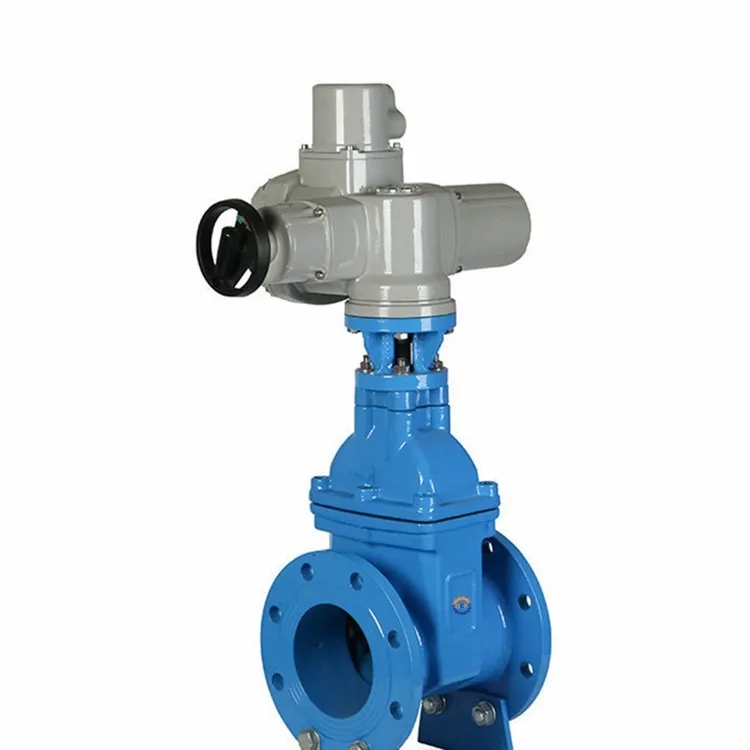Jan . 01, 2025 06:34 Back to list
Understanding the Functionality of Cast Iron Check Valves for Efficient System Performance
Understanding Cast Iron Check Valves Applications and Benefits
Cast iron check valves are vital components in various industrial applications, facilitating the secure and reliable flow of liquids and gases. These valves are designed to prevent backflow within piping systems, protecting equipment and maintaining system integrity. Their construction from durable cast iron materials ensures longevity and resistance to corrosion, making them an ideal choice for diverse environments.
What is a Check Valve?
A check valve, also known as a non-return valve, is a type of valve that only allows flow in one direction. It automatically closes when fluid flows in the opposite direction, thus preventing backflow. This functionality is crucial in many scenarios, such as water supply systems, wastewater treatment facilities, and industrial processes. The design of a check valve can vary, but those made from cast iron are especially prevalent due to the strength and durability of the material.
The Advantages of Cast Iron Check Valves
1. Durability and Longevity Cast iron is known for its robustness. Check valves constructed from this material can withstand high pressures and temperatures, making them suitable for various applications, from municipal water systems to heavy industrial operations.
2. Corrosion Resistance Cast iron offers excellent corrosion resistance, especially when coated or treated. This property is crucial for applications involving water or corrosive fluids, where maintaining system integrity over time is essential.
3. Low Maintenance One of the significant advantages of cast iron check valves is their low maintenance requirement. Due to their durable nature, they often require less frequent repairs or replacements compared to valves made from lighter or less durable materials.
cast iron check valve

4. Versatility Cast iron check valves can be used in various applications, including steam, air, natural gas, and even chemical processing. Their ability to handle a broad range of pressures and temperatures makes them a versatile choice across industries.
5. Cost-Effectiveness While the initial cost of cast iron valves may be higher than other materials, their durability and long lifespan generally result in lower overall costs when considering replacement and maintenance expenses over time.
Applications of Cast Iron Check Valves
Cast iron check valves are used across multiple sectors. In water supply and sewage systems, these valves prevent backflow, ensuring safe and reliable water delivery. In the oil and gas industry, they play a critical role in maintaining the necessary flow direction and protecting pipelines from damage due to reverse flow. Furthermore, in HVAC applications, these valves help regulate airflow in heating systems, ensuring efficiency and safety.
Installation and Maintenance
Proper installation of cast iron check valves is critical to their effective operation. They must be installed in the correct orientation to allow fluid to flow through them properly. Regular inspections are also advisable to check for signs of wear or damage, although their robust construction typically reduces the frequency of these checks.
In conclusion, cast iron check valves are essential components in various industries, offering a combination of durability, corrosion resistance, and low maintenance requirements. Their ability to prevent backflow significantly contributes to the efficiency and safety of fluid transport systems. Whether you are working in water treatment, oil and gas, or HVAC, understanding the benefits and applications of cast iron check valves can help ensure the reliability of your operations. By choosing the right type of check valve for your application, you can enhance system performance and protect your investment in infrastructure.
-
Precision Manufacturing with Advanced Spline Gauge DesignNewsJul.31,2025
-
Industrial-Grade Calibrated Pin Gauges for Exact MeasurementsNewsJul.31,2025
-
Industrial Filtration Systems Depend on Quality Filter DN50 SolutionsNewsJul.31,2025
-
High-Performance Gate Valve WholesaleNewsJul.31,2025
-
Granite Surface Plate The Ultimate Solution for Precision MeasurementNewsJul.31,2025
-
Granite Industrial Tools The Ultimate Guide for Bulk BuyersNewsJul.31,2025
Related PRODUCTS









